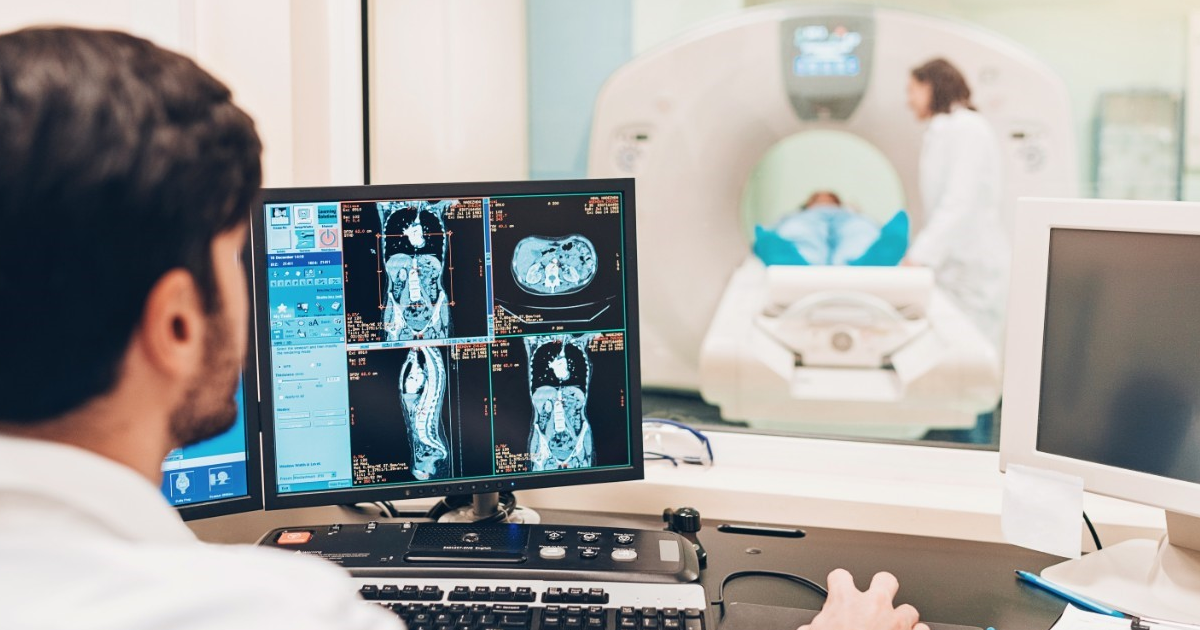
Typically, few of the many systems in an endoscopy department are interconnected. For example, image and video data generated during a procedure might be stored in one system, while other details about the patient sit in another. And with biopsies regularly taken during a procedure, more streamlined inter-departmental connections – with pathology, for example – are also often lacking.
According to GLOBOCAN data, 1.93 million cases of colorectal cancer were diagnosed worldwide in 2020, while there were 934,731 deaths from the disease.
Interoperable digital solutions could support earlier diagnosis, and that mortality rate might be lowered subsequently. Not only that, but with documentation and processes simplified, doctors could focus on patients – who in turn may experience smoother procedures, fewer delays and better care.
Olympus has implemented an interoperability solution at a SANA Kliniken AG hospital in Berlin, which performs over 13,000 endoscopy procedures annually. According to the SANA team, the interoperability solution may help healthcare professionals to spend less time manually checking equipment status, which leaves more time for patient care.
Optimising Endoscopy Procedures
The solution integrates disparate systems, presenting real-time data on a central dashboard. Staff can view equipment status and location instantly, reducing manual checks and streamlining processes along the endoscopy workflow.
This approach aims to support improved efficiency, supports increased endoscope use, and aims to boost return on investment by minimising downtime. The dashboard also enables proactive error management, helping staff to address issues in the process quickly (such as an endoscope reprocessing machine error) and avoid procedure delays.
“The dashboard has transformed our workflow, enhancing awareness and efficiency,” says Professor Siegbert Faiss, medical director at the hospital. “By reducing tedious tasks, the supporting software systems from Olympus allow staff to focus on patient care.”
Future endoscopy ecosystems
The Olympus vision is to provide interoperable solutions that bridge the gaps created by siloed processes. Key features of such an ecosystem are AI-driven lesion analysis, automated documentation, procedural quality control, and asset management. These features aim to reduce data entry and administrative workload redundancies by supporting streamlined report writing and other processes, with the aim that clinicians can focus more fully on patient care.
Healthcare professionals, including head nurses and clinical teams in future would not only benefit from streamlined processes, but also from having insightful data and analyses readily available. For CTOs and IT departments, the Olympus interoperability vision would support scalable, technology-driven solutions that simplify data integration and reporting. This would align with digital transformation initiatives so that compliance and analytics capabilities are met.
While the benefits of the solutions implemented at SANA Kliniken are significant, this is only the beginning. “We believe that the future of technology lies in making sense of data and artificial intelligence in the field of endoscopy,” says Miquel Angel García, Global Head of Endoscopy Solutions Ecosystem at Olympus.
“Our mission is to leverage technology to alleviate the administrative and cognitive challenges clinicians face, addressing issues such as data silos and financial constraints, all while prioritising patient safety to create a more seamless and effective healthcare experience.”
###
A study from the Royal Devon University Healthcare NHS Foundation Trust in the UK found that digital transformation in healthcare can save nurses time. For further insights into Health Information System Integration in the Endoscopy Department and how it can lead to annual cost savings, improved efficiency, enhanced morale, greater confidence in patient details, and the elimination of paper-based processes, read Measuring the Impact of Digitisation on NHS Nurses’ Time and Morale: A Time and Motion Study
###
Products and technologies discussed are not available in all countries and are not presently available in the United States. There is no time period established as to when or if these products and/or technologies will be available in these markets, including the United States. The safety and effectiveness for these products and technologies and/or the use of these products and technologies have not yet been established in the United States market.

